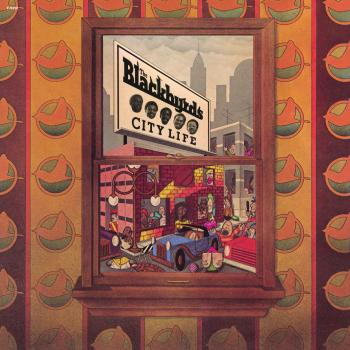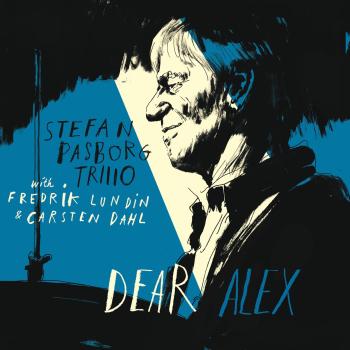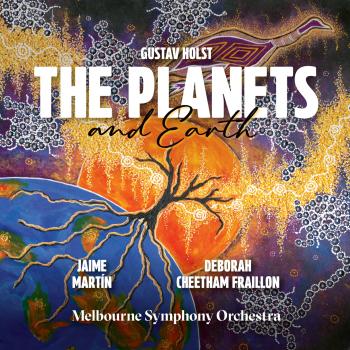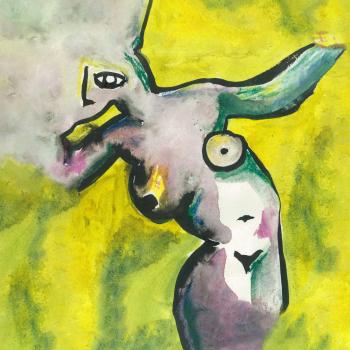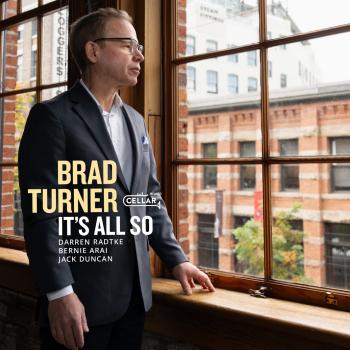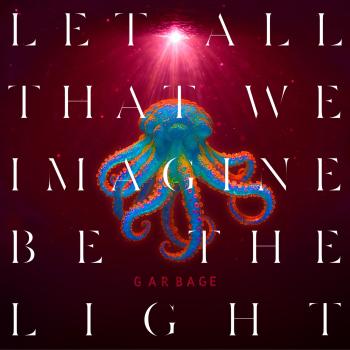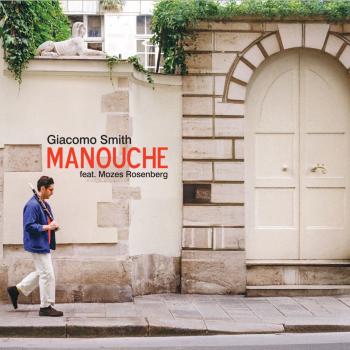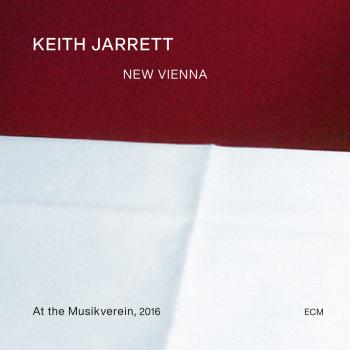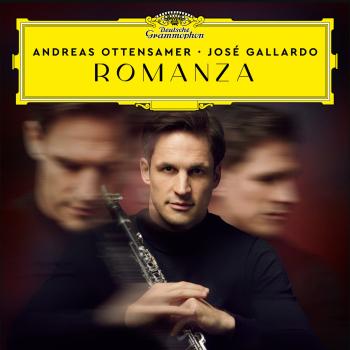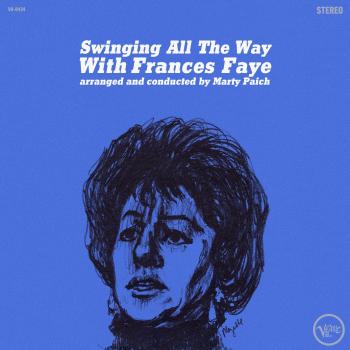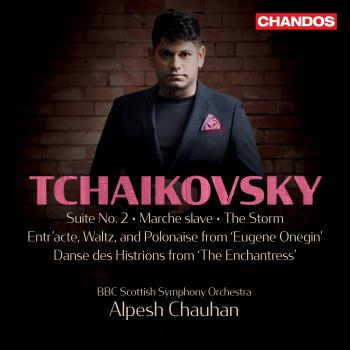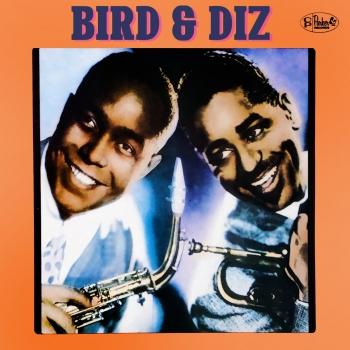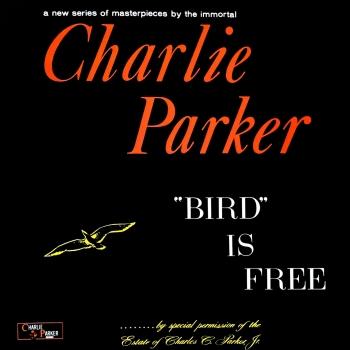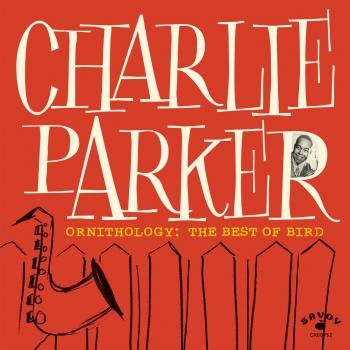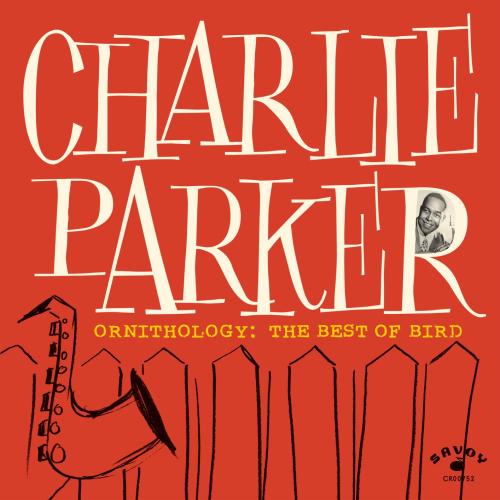
Ornithology: The Best Of Bird (Remastered 2024 - Mono) Charlie Parker
Album info
Album-Release:
2024
HRA-Release:
23.08.2024
Album including Album cover
I`m sorry!
Dear HIGHRESAUDIO Visitor,
due to territorial constraints and also different releases dates in each country you currently can`t purchase this album. We are updating our release dates twice a week. So, please feel free to check from time-to-time, if the album is available for your country.
We suggest, that you bookmark the album and use our Short List function.
Thank you for your understanding and patience.
Yours sincerely, HIGHRESAUDIO
- 1 Ko-Ko (Remaster 2024) 02:54
- 2 Now's The Time (Remaster 2024) 03:14
- 3 Cheryl (Remaster 2024) 02:57
- 4 Parker's Mood (Remaster 2024) 03:02
- 5 Billie's Bounce (Remaster 2024) 03:07
- 6 Donna Lee (Remaster 2024) 02:32
- 7 Confirmation (Live At Carnegie Hall / 1947 / (Remaster 2024) 05:36
- 8 Ornithology (Live At The Royal Roost / 1948 / (Remaster 2024) 05:45
- 9 Groovin’ High (Live At The Royal Roost / 1949 / (Remaster 2024) 04:43
- 10 Anthropology (Remastered 2024 / Live At The Royal Roost / 1949 / (Remaster 2024) 05:16
- 11 Salt Peanuts (Without Overdub / Live At Massey Hall / 1953) (Remaster 2024) 07:37
Info for Ornithology: The Best Of Bird (Remastered 2024 - Mono)
“Ornithology: The Best of Bird” is a new collection bringing together 11 cuts from legendary jazz saxophonist Charlie Parker.
It covers the legendary artists prime Savoy Records years between 1945 and 1953, with cuts including “Ko-Ko,” “Billie’s Bounce,” and “Groovin’ High”. Sobald Parker 1940 der Band von Jay McShann beitrat, nahm er seine ersten Solos auf und begann durch die Vereinigten Staaten zu touren. Hier wurde sein Spitzname „Yardbird“ zu „Bird“ ...
Charlie Parker
Digitally remastered
Please Note: We offer this album in its native sampling rate of 48 kHz, 24-bit. The provided 96 kHz version was up-sampled and offers no audible value! Sobald Parker 1940 der Band von Jay McShann beitrat, nahm er seine ersten Solos auf und begann durch die Vereinigten Staaten zu touren. Hier wurde sein Spitzname „Yardbird“ zu „Bird“
Charlie Parker
The only child of Charles and Addie Parker, Charlie Parker was one of the most important and influential saxophonists and jazz players of the 1940’s.
When Parker was still a child, his family moved to Kansas City, Missouri, where jazz, blues and gospel music were flourishing. His first contact with music came from school, where he played baritone horn with the school’s band. When he was 15, he showed a great interest in music and a love for the alto saxophone. Soon, Parker was playing with local bands until 1935, when he left school to pursue a music career.
From 1935 to 1939, Parker worked in Kansas City with several local jazz and blues bands from which he developed his art. In 1939, Parker visited New York for the first time, and he stayed for nearly a year working as a professional musician and often participating in jam sessions. The New York atmosphere greatly influenced Parker's musical style.
In 1938, Parker joined the band of pianist Jay McShann, with whom he toured around Southwest Chicago and New York. A year later, Parker traveled to Chicago and was a regular performer at a club on 55th street. Parker soon moved to New York. He washed dishes at a local food place where he met guitarist Biddy Fleet, the man who taught him about instrumental harmony. Shortly afterwards, Parker returned to Kansas City to attend his father’s funeral. Once there, he joined Harlan Leonard’s Rockets and stayed for five months. In 1939, Yardbird rejoined McShann and was placed in charge of the reed section. Then, in 1940, Parker made his first recording with the McShann orchestra.
During the four years that Parker stayed with McShann's band, he got the opportunity to perform solo in several of their recordings, such as Hootie Blues, Sepian Bounce, and the 1941 hit Confessing the Blues. In 1942, while on tour with McShann, Parker performed in jam sessions at Monroe’s and Minton’s Playhouse in Harlem. There he caught the attention of up-and-coming jazz artists like Dizzy Gillespie and Thelonious Monk. Later that year, Parker broke with McShann and joined Earl Hines for eight months.
The year 1945 was extremely important for Parker. During that time he led his own group in New York and also worked with Gillespie in several ensembles. In December, Parker and Gillespie took their music to Hollywood on a six-week nightclub tour. Parker continued to perform in Los Angeles until June 1946, when he suffered a nervous breakdown and was confined at a state hospital. After his release in January 1947, Parker returned to New York and formed a quintet that performed some of his most famous tunes.
From 1947 to 1951, Parker worked in a number of nightclubs, radio studios, and other venues performing solo or with the accompaniment of other musicians. During this time, he visited Europe where he was cheered by devoted fans and did numerous recordings. March 5, 1955, was Parker’s last public engagement at Birdland, a nightclub in New York that was named in his honor. He died a week later in a friend’s apartment.
Charles 'Yardbird' Parker was an amazing saxophonist who gained wide recognition for his brilliant solos and innovative improvisations. He was, without a doubt, one of the most influential and talented musicians in jazz history.
This album contains no booklet.

